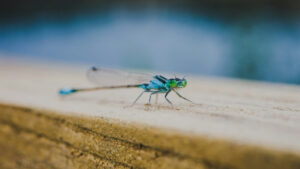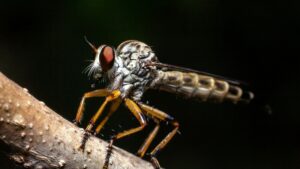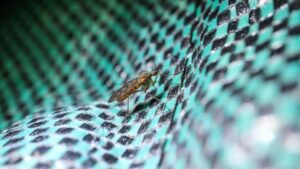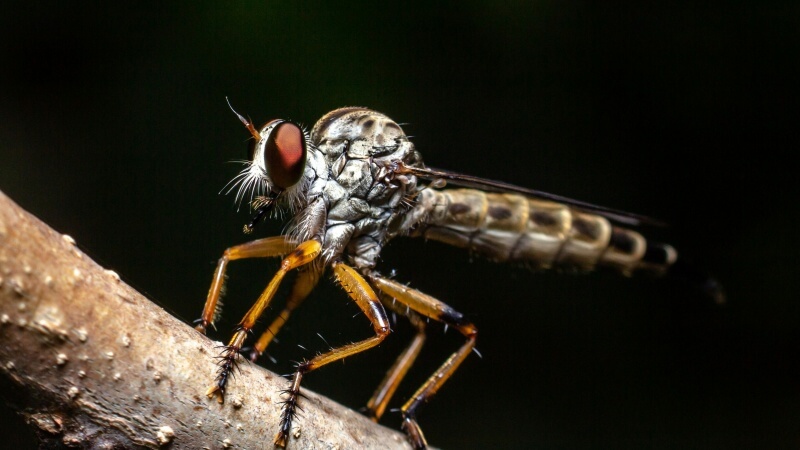
How To Design A Waterproof Mosquito Light
There’s something almost magical about a mosquito light—a beacon in the night that promises to shield us from the irksome buzz and bites of mosquitoes.

Within the first few moments of considering a mosquito light, the idea transforms from a mere concept into a beacon of hope against the nightly buzz of mosquitoes.
This blog delves into the nitty-gritty of constructing a mosquito light from scratch, focusing on the materials and designs that make for an efficient, aesthetically pleasing, and environmentally friendly solution.
Whether you’re a seasoned DIY enthusiast or a novice looking to make your evenings mosquito-free, this guide has something for everyone.
Before picking up the tools and materials, it’s essential to grasp how a mosquito light functions as a formidable foe against these flying pests.
It’s all about strategy, from attracting mosquitoes to efficiently eliminating them, ensuring peaceful nights ahead.
The choice of light source in a mosquito light is crucial, acting as the initial attractant for unsuspecting mosquitoes. LED ultraviolet lights stand out as the prime option, not just for their allure but also for their eco-friendliness and operational efficiency.
Crafted to mimic the moonlight’s captivating essence, these LEDs are a beacon to mosquitoes, promising warmth but delivering doom. The ideal light source ticks all the boxes for wavelength, energy consumption, and longevity, ensuring your mosquito light is both effective and sustainable.
Choosing the method by which your mosquito light dispatches its prey is a decision that shapes its design and functionality.
Whether through the swift justice of an electric zap or the cunning entrapment of a vortex trap, the execution mechanism is the heart of mosquito light’s effectiveness.
An electric grid, powered by the very light that lures the mosquitoes in, offers a quick end to any mosquito daring enough to approach.
Alternatively, a fan-powered trap provides a less immediate, yet equally fatal, fate for these pests, silently drawing them into a chamber from which there is no escape.
The casing of your mosquito light serves multiple purposes: protecting its internal components, ensuring safety for its users, and blending seamlessly into its environment.
This outer shell is the interface between your mosquito-fighting efforts and the world, requiring both functional and aesthetic consideration.
A durable, aesthetically pleasing casing not only shelters the sophisticated mechanisms within but also complements your outdoor decor.
The choice of material, such as ABS plastic, strikes the perfect balance between resilience and design flexibility, allowing for a range of styles from modern chic to rustic charm.
In the quest to reclaim our nights from mosquitoes, the importance of choosing materials and designs that are safe for the environment and our families cannot be overstated.
This commitment to sustainability and safety is the thread that ties all aspects of building a mosquito light together, ensuring that our efforts to combat mosquitoes also contribute positively to our planet and well-being.
Crafting your own mosquito light is more than just a project; it’s a step towards more peaceful, enjoyable evenings free from the annoyance of mosquitoes.
This guide aims to equip you with the knowledge and inspiration needed to create a mosquito light that not only meets your needs but does so in a way that is kind to the environment and safe for your loved ones.
As you embark on this DIY adventure, remember that the best mosquito light is one built with care, thoughtfulness, and a dash of creativity.
FAQ 1: Can I use regular LED lights instead of LED ultraviolet lights for my mosquito light?
Answer: Regular LED lights are not as effective as LED ultraviolet (UV) lights for attracting mosquitoes. Mosquitoes are particularly attracted to the UV spectrum, especially wavelengths between 365 to 395 nanometers. Using a regular LED light might not yield the desired effectiveness in luring mosquitoes towards the light, thus compromising the overall efficiency of your mosquito light.
FAQ 2: How often should I clean or maintain my eco-friendly mosquito light?
Answer: Regular maintenance is crucial for ensuring the longevity and effectiveness of your mosquito light. For entrapment mechanisms, it’s recommended to clean the containment area every 1-2 weeks to remove any trapped mosquitoes and prevent odor. If your device uses an electrocution mechanism, checking and cleaning the electric grid monthly to remove any debris or insect remains is advisable. Additionally, inspect the LED light and casing for any signs of wear or damage at least once every season.
FAQ 3: Is it possible to make the mosquito light completely waterproof for outdoor use?
Answer: While making the mosquito light completely waterproof is challenging, you can significantly enhance its water resistance. Using materials like waterproof seals and designing the casing with minimal exposure points can protect the internal components from moisture. However, it’s always best to place the mosquito light under some shelter, like a patio cover, to extend its lifespan and maintain its effectiveness, especially in harsh weather conditions.
FAQ 4: Are there any safety concerns I should be aware of when using the electrocution method in my mosquito light?
Answer: Yes, safety is a paramount concern, especially with the electrocution method, as it involves electricity. Ensure the electric grid is adequately insulated and enclosed within the protective casing to prevent accidental contact. Additionally, incorporate a safety switch or fuse to cut off power in case of a short circuit. Always place the mosquito light out of reach of children and pets, and never handle the device with wet hands to avoid electrical shocks.
FAQ 5: Can the eco-friendly mosquito light be used indoors, or is it only suitable for outdoor use?
Answer: While primarily designed for outdoor use to reduce mosquito presence in living spaces like patios or gardens, an eco-friendly mosquito light can also be adapted for indoor use. Ensure the device’s safety features are robust, particularly if using the electrocution method, to prevent any indoor hazards. However, for indoor environments, consider placing the light in areas with minimal human activity during its operation, such as a utility room or enclosed porch, to maximize its effectiveness in attracting mosquitoes away from common living spaces.


There’s something almost magical about a mosquito light—a beacon in the night that promises to shield us from the irksome buzz and bites of mosquitoes.

The moment you switch on a mosquito light, you declare war on those pesky insects. But what if I told you that you could turbocharge

Imagine this scenario: as the hues of twilight blend into the evening sky, your mosquito light buzzes to life, standing guard against the night’s swarm

The moment you notice your mosquito light acting more like a beacon for moths than a nemesis for mosquitoes, it’s a clear signal: a bulb

There’s something almost magical about a mosquito light—a beacon in the night that promises to shield us from the irksome buzz and bites of mosquitoes.

Within the first few moments of considering a mosquito light, the idea transforms from a mere concept into a beacon of hope against the nightly

The moment you switch on a mosquito light, you declare war on those pesky insects. But what if I told you that you could turbocharge

Imagine this scenario: as the hues of twilight blend into the evening sky, your mosquito light buzzes to life, standing guard against the night’s swarm
Copyright © 2024 mosquitokillerlight. All Rights Reserved.